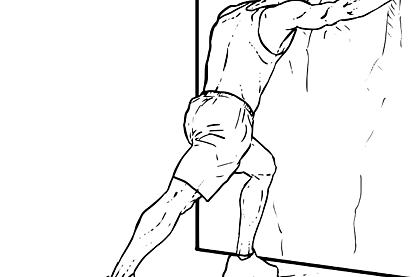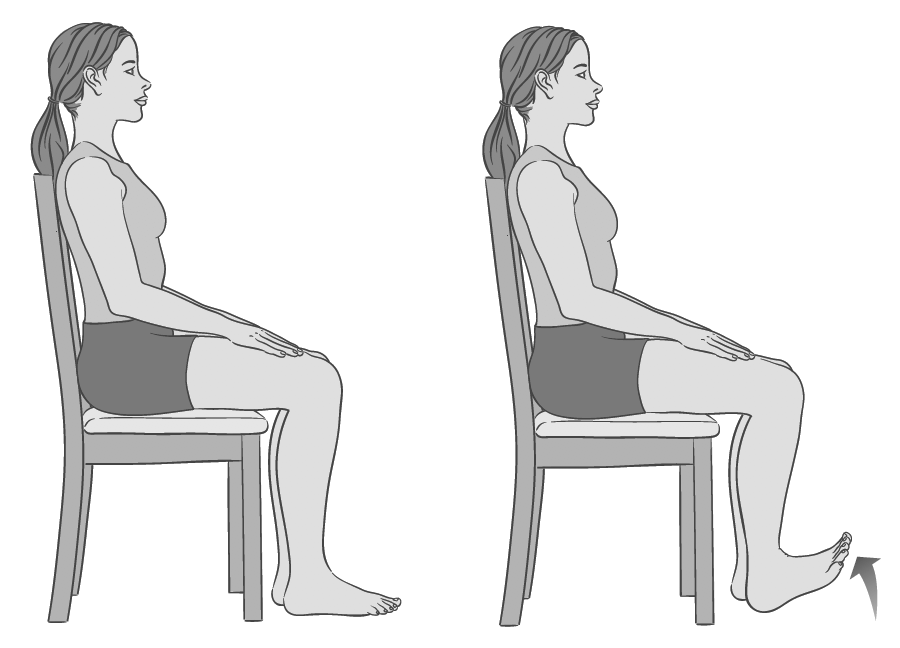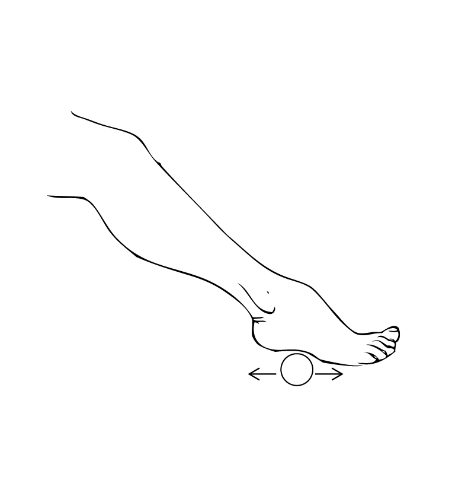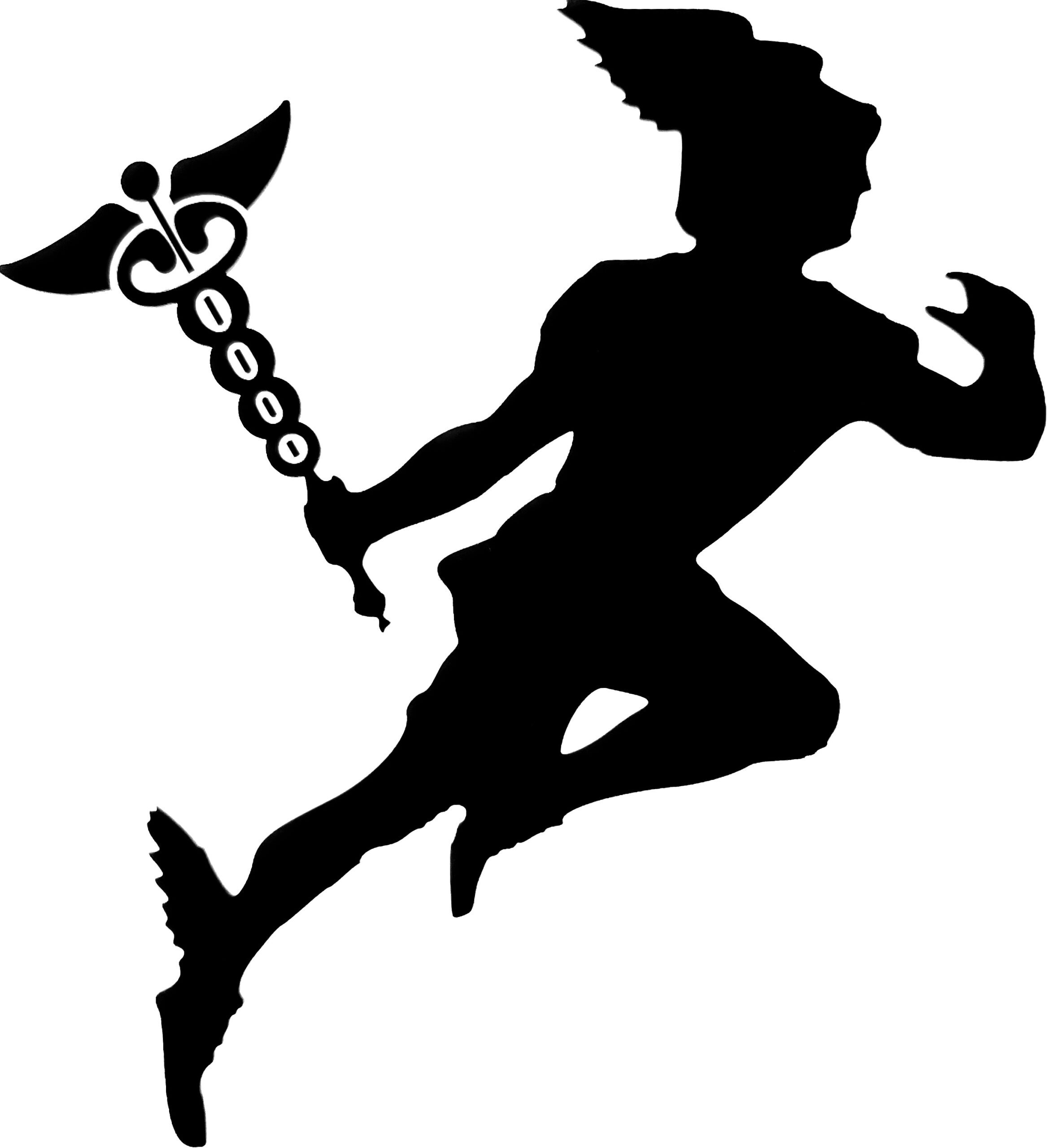Plantar fasciitis is a painful condition that affects the plantar fascia, a thick band of tissue that runs along the bottom of your foot from your heel to your toes. The plantar fascia helps support your arch and absorb shock when you walk or run. When the plantar fascia is overused or injured, it can become inflamed, causing pain in your heel or arch.
Plantar fasciitis is one of the most common causes of heel pain. It affects about 2 million people in the United States each year. The condition is most common in adults between the ages of 40 and 60, and it is more common in women than men.
The exact cause of plantar fasciitis is not known, but there are a number of factors that can contribute to the condition, including:
- Overuse or sudden increase in physical activity
- Obesity
- Flat feet or high arches
- Tight calf muscles
- Wearing shoes with poor arch support
- Standing or walking for long periods of time
The symptoms of plantar fasciitis typically include:
- Pain in the heel or arch of the foot
- Pain that is worse when you first get out of bed in the morning or after sitting for a long period of time
- Pain that gets better with activity
- Stiffness in the heel or arch of the foot
If you have any of the symptoms of plantar fasciitis, it is important to see a doctor for diagnosis and treatment. There are a number of things that can be done to treat plantar fasciitis, including:
- Resting the foot
- Applying ice
- Taking over-the-counter pain relievers
- Stretching the plantar fascia
- Wearing shoes with good arch support
- Physical therapy
- Injections of cortisone or other medications
In most cases, plantar fasciitis can be successfully treated with nonsurgical methods. However, surgery may be necessary in some cases.
Stretching exercises for plantar fasciitis is also a crucial part of treatment because it can help open the plantar fascia ligament and make the foot more flexible.
Plantar fasciitis can be treated with several different exercises. Some of the best stretches can be done before you get out of bed in the morning. Before you put weight on your feet, these moves can help loosen the plantar fascia, calf muscle, achilles tendon, and help relieve pain.
Here are some of the best exercises you can do in bed for heel fasciitis:
Towel Stretch

The plantar fascia can be stretched well with a towel and put the towel under the ball of your foot and gently pull it toward you. Hold the stretch on each foot for 20 to 30 seconds and do it 3 to 5 times.
Leg stretch

This stretch is a great way to stretch the back leg muscles, which can help ease the pain of plantar fasciitis. Stand facing a wall and put your hands on the wall at shoulder height to do this stretch. Lean forward and bend one knee while keeping the other leg straight. Hold the stretch on each leg for 20 to 30 seconds and do it 3 to 5 times.
Hamstring stretch

This stretch is a great way to stretch the muscles in your hamstrings, and it can also help ease the pain of heel fasciitis. To do this stretch, lie on your back with one leg straight and the other knee bent. Bring the bent leg to your chest and hold the stretch for 20 to 30 seconds. Repeat on each leg 3–5 times.
The foot circles stretch is a great way to make your feet more flexible. Sit in bed with your feet flat on the floor to do this stretch. First, move your feet in a clockwise circle and then a counterclockwise rotation. Repeat in each direction 10–15 times.
Toe taps

This stretch is a great way to strengthen foot muscles. Sit in bed with your feet flat on the floor to do this stretch. Tap your toes on the floor and then point your toes up toward the sky. Do this 10–15 times.
Tennis Ball

A tennis ball can effectively extend the plantar fascia and relieve pain. Here’s how to proceed: Position a ball under your foot while seated. Roll the ball back and forth from the heel to the base of your foot. While rolling, apply moderate pressure to the ball. Additionally, you can move the ball in circular motions and concentrate on any sore areas. This technique can help to relax the foot’s constricted fascia and increase circulation. This exercise can be performed daily for a few minutes and is notably beneficial before or after physical activity.
These are just a few of the many different ways to stretch for heel fasciitis. By doing these stretches every day, you can help your feet feel better and become more flexible.
In conclusion, stretching exercises are an essential component of plantar fasciitis treatment, and they can help alleviate foot pain, inflammation, and discomfort. However, you must be consistent with your stretching exercises to achieve results. If you stop stretching, your symptoms will probably return.
If you have plantar fasciitis, consult your doctor about the most effective stretching exercises. They can also assist you in developing a consistent stretching regime; regular stretching can alleviate foot pain and enhance foot function.

